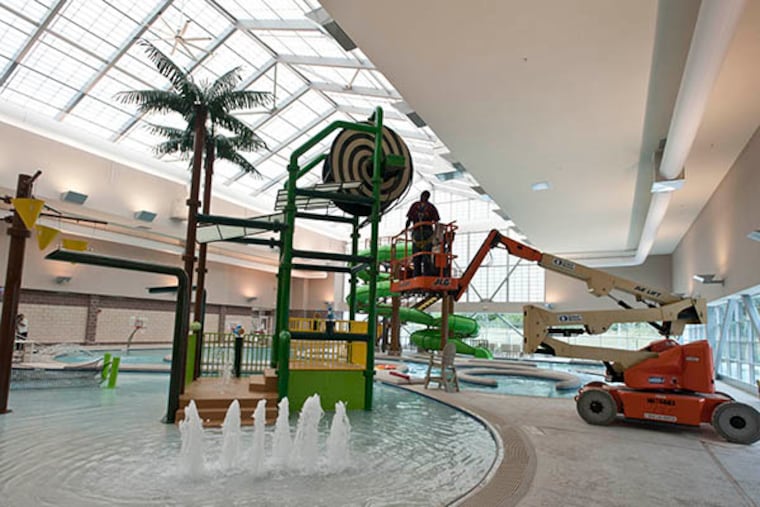Kroc Center opens Saturday to serve Camden
Maj. Paul Cain led the group of chatty Camden dignitaries and journalists into the immense, 8,000-square-foot indoor waterpark, complete with a lime-green waterslide rising out of a clear pool toward a 60-foot-high vaulted glass ceiling.
